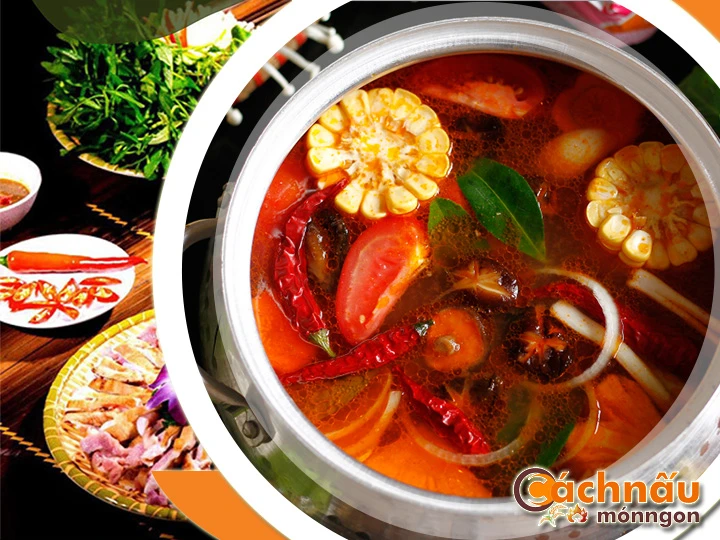This comprehensive guide explores all components you need to understand about rabbit hot pot, from its historical background to present-day styles, health-focused properties, and methodical instructions for creating the flawless recipe at home. Whether you are a experienced cook or a novice cook, this guide will motivate and prepare you to refine your talent of rabbit hot pot.
Enjoy the Ultimate Rabbit Hot Pot Secrets at Home - Lẩu thỏ
Hot pot rabbit, a delectable and ethnic specialty, has been cherished across numerous regions and cuisines for centuries.
This comprehensive guide explores all components you need to understand about rabbit hot pot, from its historical background to present-day styles, health-focused properties, and methodical instructions for creating the flawless recipe at home. Whether you are a experienced cook or a novice cook, this guide will motivate and prepare you to refine your talent of rabbit hot pot.
LEARNING ABOUT THE STORY & PRACTICES RELATED TO {BRAISED RABBIT DISH|HEARTY RABBIT MEAL|RABBIT HOT POT|RABBIT STEW|BUNNY CASSEROLE|RABBIT CUISINE|STEWED RABBIT
This comprehensive guide explores all components you need to understand about rabbit hot pot, from its historical background to present-day styles, health-focused properties, and methodical instructions for creating the flawless recipe at home. Whether you are a experienced cook or a novice cook, this guide will motivate and prepare you to refine your talent of rabbit hot pot.
